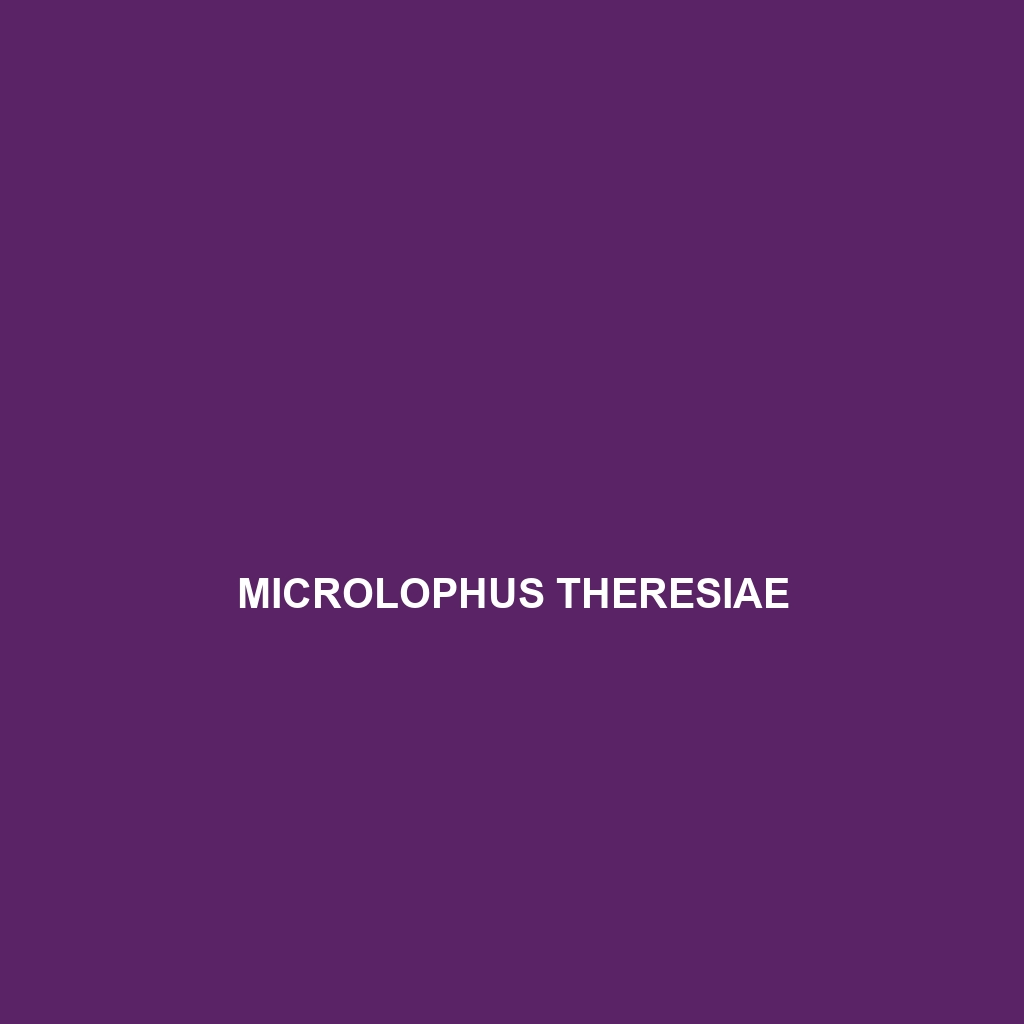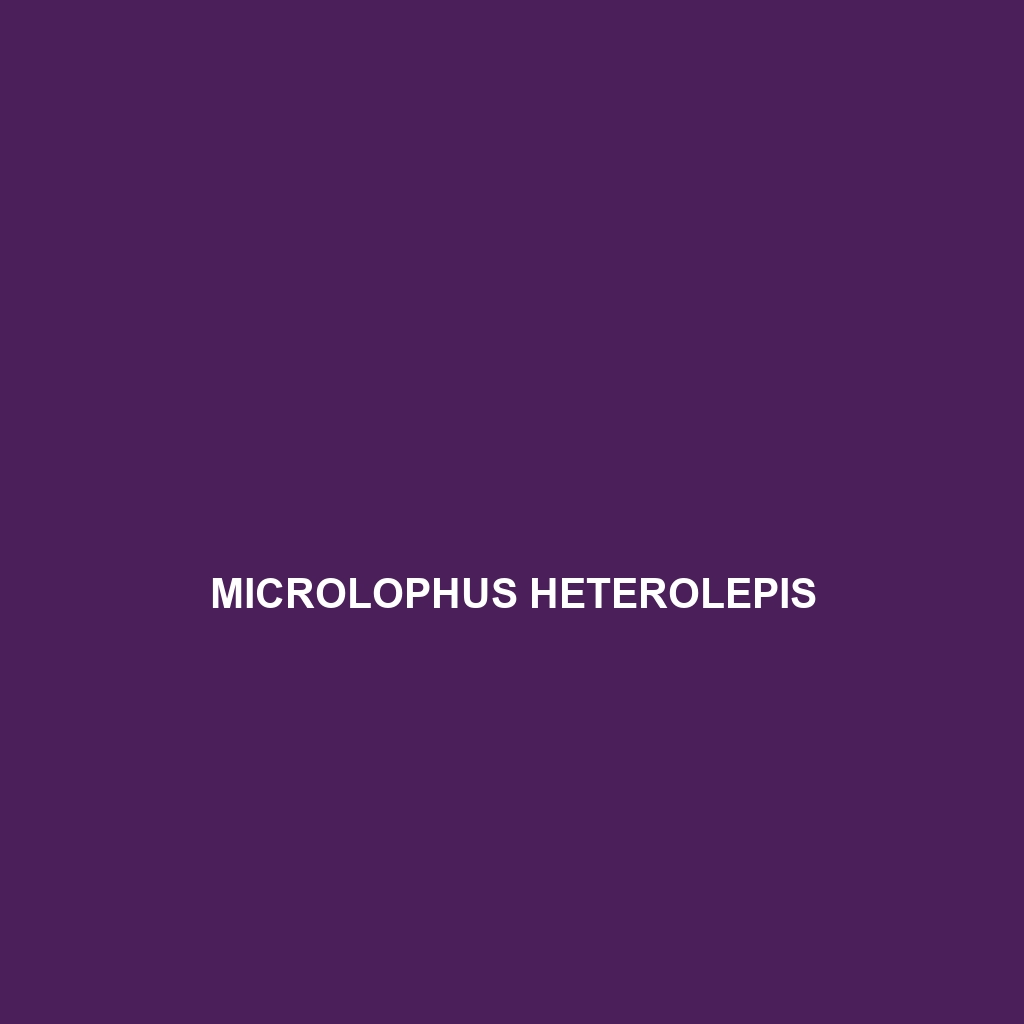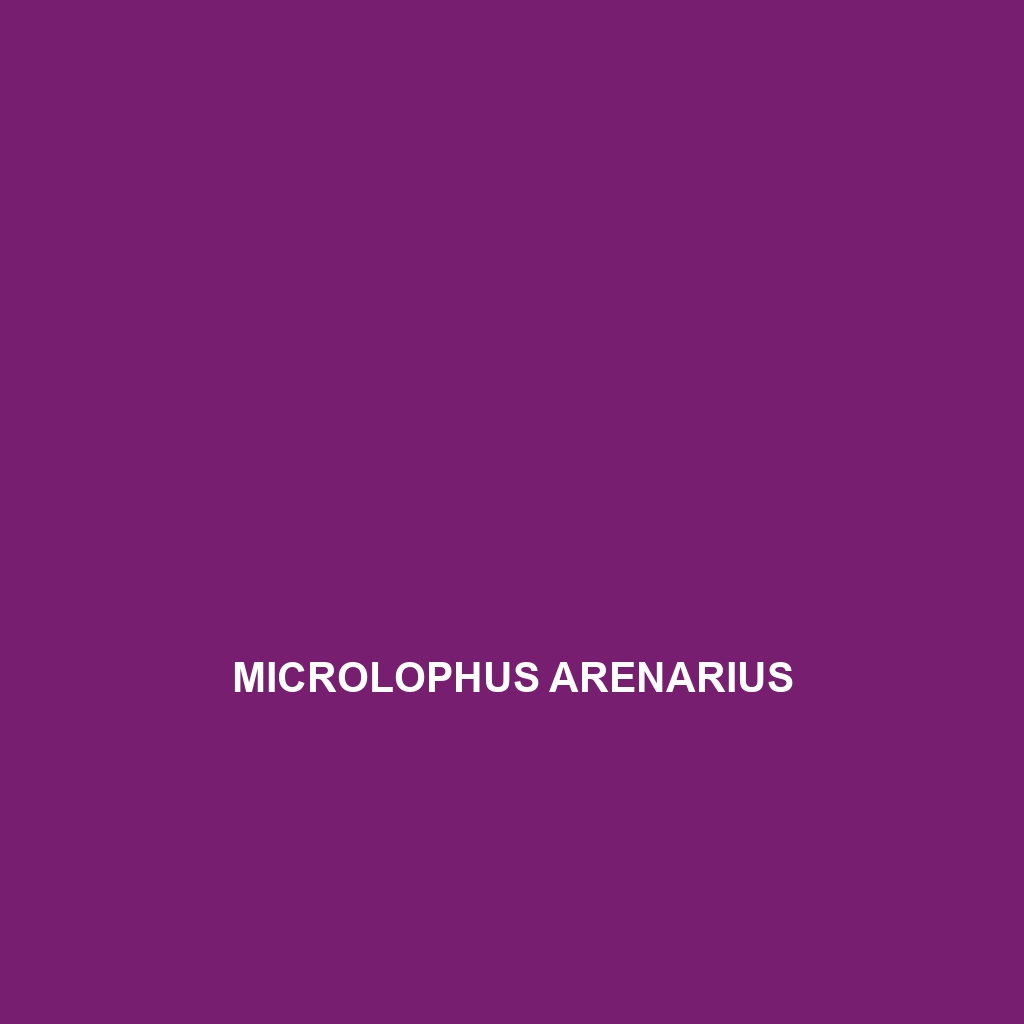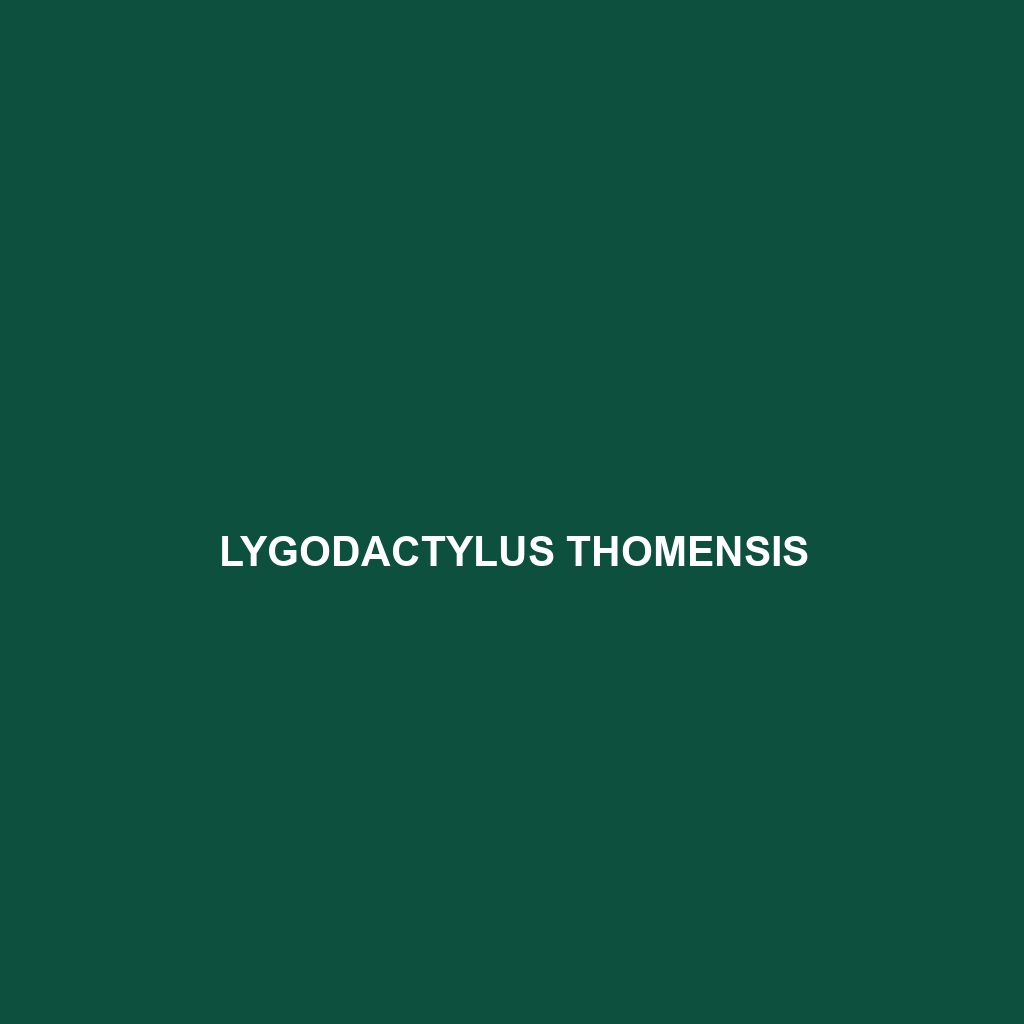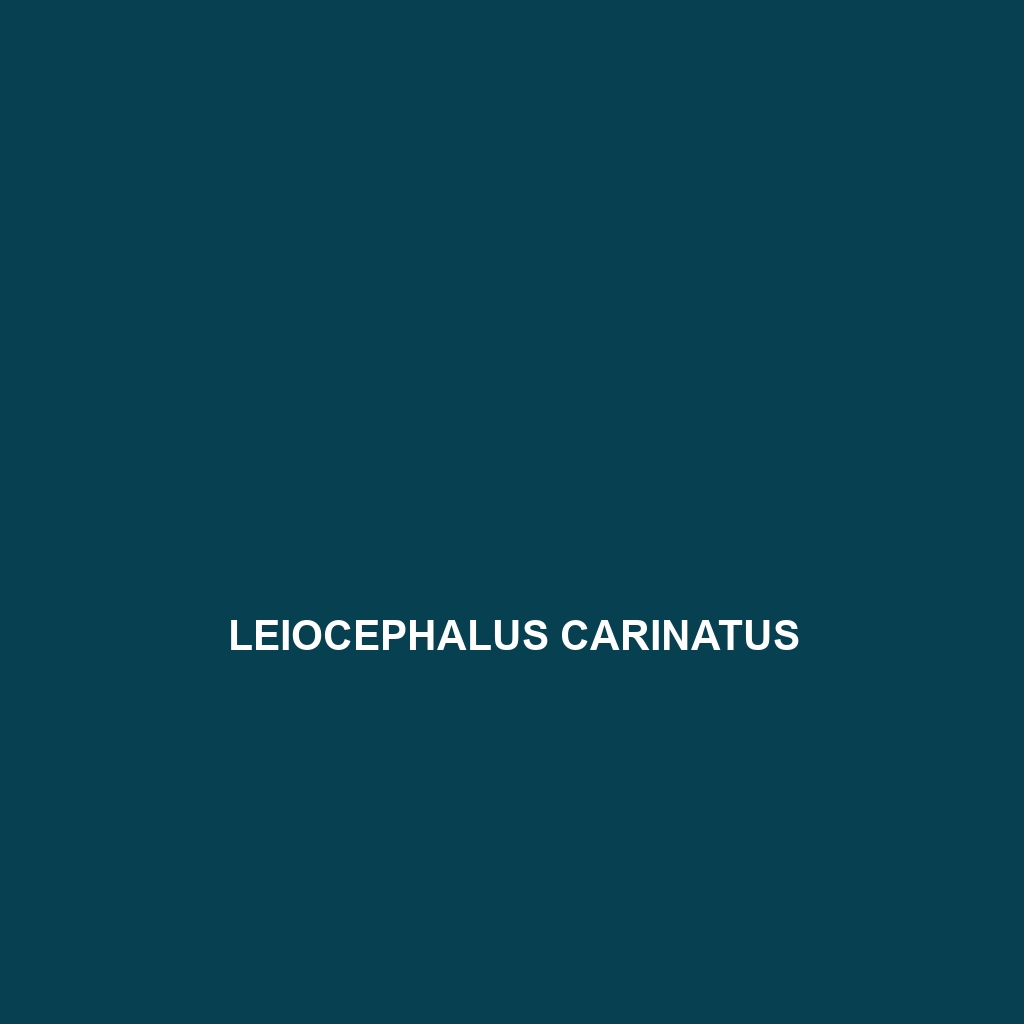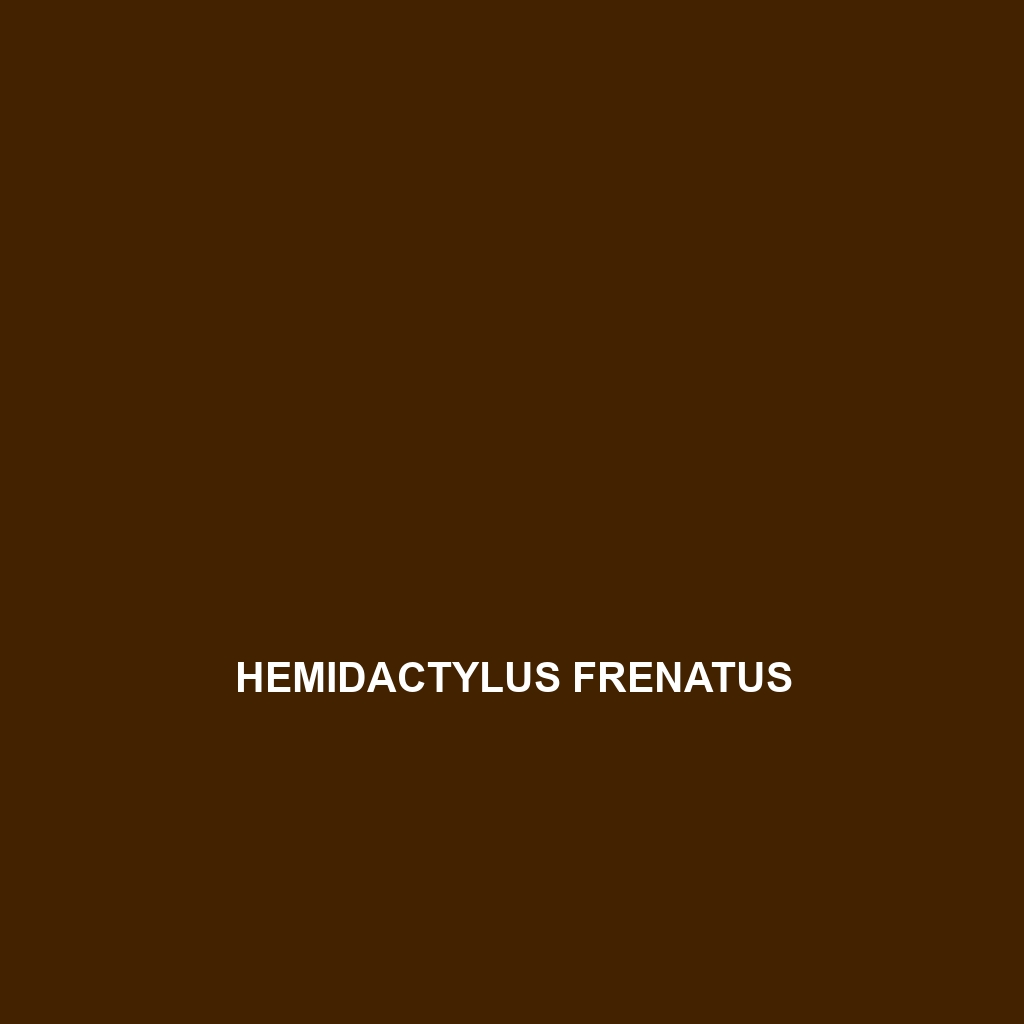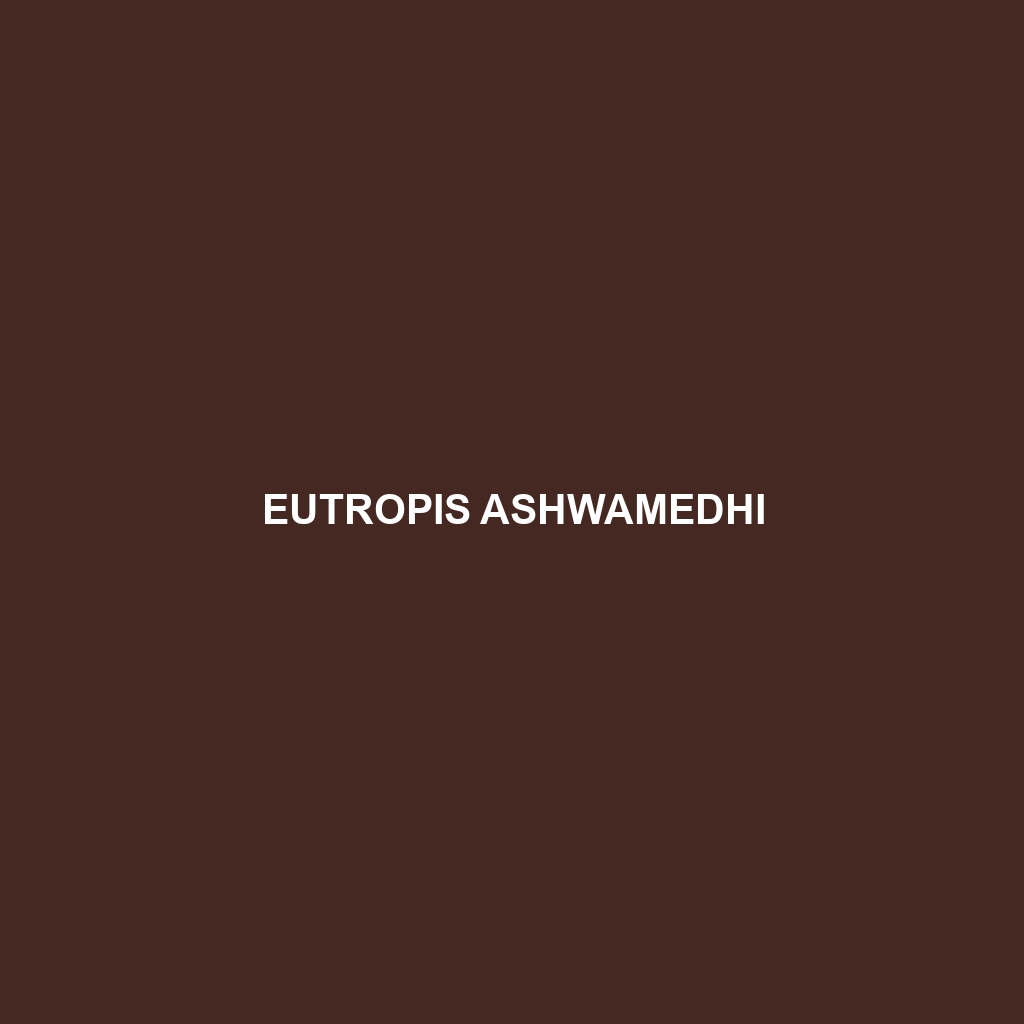<p><b>Microlophus theresiae</b>, also known as the Galápagos lava lizard, is a small, diurnal lizard native to the Galápagos Islands, recognized for its slender body, adaptability to rocky volcanic landscapes, and role in controlling insect populations. This species exhibits fascinating social behaviors during mating and is essential for maintaining the ecological balance of its habitat.</p>
Tag: invasive species
Microlophus occipitalis
<p><b>Microlophus occipitalis</b>, commonly known as the Galápagos Lava Lizard, is a diurnal insectivore native to the diverse habitats of the Galápagos Islands, exhibiting distinct coloration and social behaviors, particularly during the breeding season. This resilient species plays a crucial role in controlling insect populations and maintaining ecological balance within its unique volcanic ecosystem.</p>
Microlophus heterolepis
Discover the Galapagos Lava Lizard (Microlophus heterolepis), a vibrant reptile native to the Galapagos Islands, known for its adaptability to diverse habitats and unique behaviors, including territorial displays and a diet primarily consisting of insects. With notable sexual dimorphism, males exhibit striking colors and a long, slender tail, making them easily recognizable in their volcanic surroundings.
Microlophus albemarlensis
Discover the unique Microlophus albemarlensis, or Galápagos land iguana, known for its remarkable camouflage and adaptations to the arid ecosystems of the Galápagos Islands. This herbivorous reptile thrives on a diet of leaves and fruits, playing a crucial role in maintaining plant diversity and seed dispersal in its habitat.
Lygodactylus thomensis
<p>Discover the <b>Lygodactylus thomensis</b>, or Saint Thomas's gecko, a vibrant green lizard indigenous to the tropical rainforests of São Tomé and Príncipe. This small yet fascinating species boasts unique climbing abilities, a diverse insectivorous diet, and plays a crucial role in maintaining the ecological balance of its habitat.</p>
Leiocephalus carinatus
<strong>Leiocephalus carinatus</strong>, commonly known as the curly-tailed lizard, is a resilient omnivore native to tropical and subtropical regions of Central America and the Caribbean, known for its distinctive curled, spiny tail and vibrant camouflage. This diurnal species plays a crucial role in its ecosystem as both predator and prey, helping maintain ecological balance.
Iranolacerta zagrosica
<b>Iranolacerta zagrosica</b>, or the Zagros lizard, is a diurnal insectivore native to the mountainous regions of western Iran, exhibiting distinctive sandy brown to olive green coloration and remarkable agility. This species thrives in rocky environments, playing a crucial role in its ecosystem by regulating insect populations and serving as prey for larger predators.
Holodactylus cornii
Introducing the Holodactylus cornii, a unique gecko native to New Zealand's temperate forests, known for its remarkable camouflage and nocturnal behavior. This slender reptile, typically measuring 15 to 25 centimeters, plays a crucial role in its ecosystem as an insectivore, helping to maintain ecological balance while showcasing fascinating mating rituals and territorial displays.
Hemidactylus frenatus
Discover the adaptable Hemidactylus frenatus, or house gecko, known for its slender body, adhesive toe pads, and nocturnal hunting habits. Thriving in various tropical and subtropical habitats, this insectivore plays a crucial role in controlling insect populations while showcasing remarkable resilience in urban environments.
Eutropis ashwamedhi
<b>Eutropis ashwamedhi</b>, a medium-sized lizard found in the lush habitats of the Indian subcontinent, features striking dorsal stripes and exhibits active diurnal foraging behavior, primarily feeding on insects. Known for its impressive adaptability, this fascinating species plays a crucial role in its ecosystem by helping control insect populations while serving as prey for larger animals.
